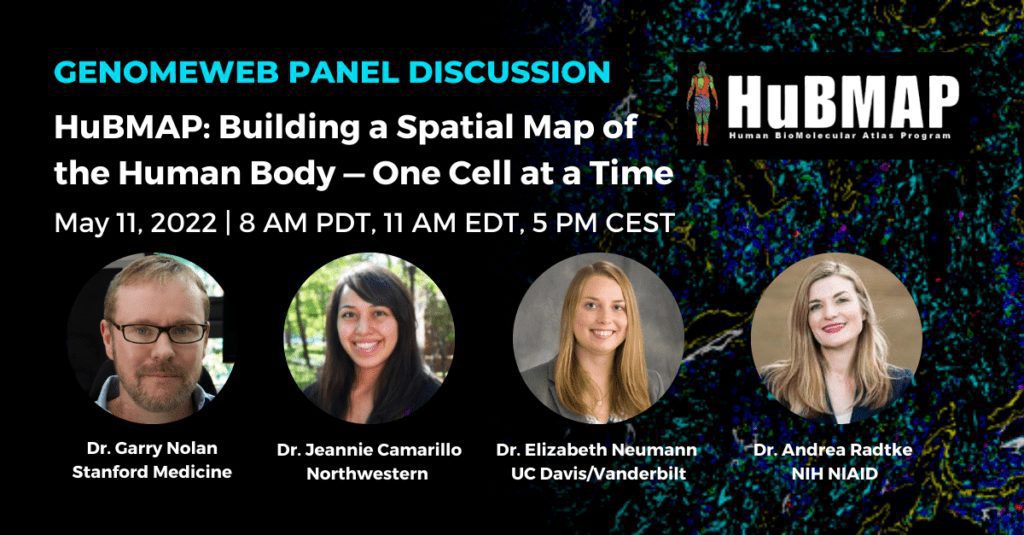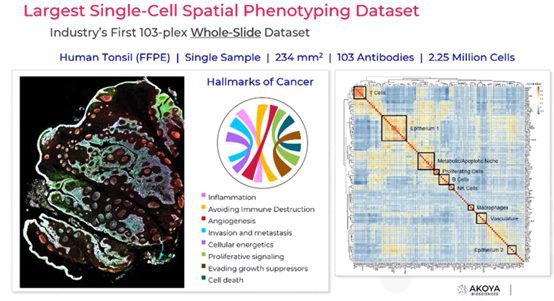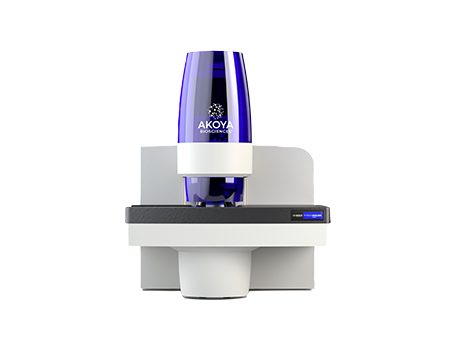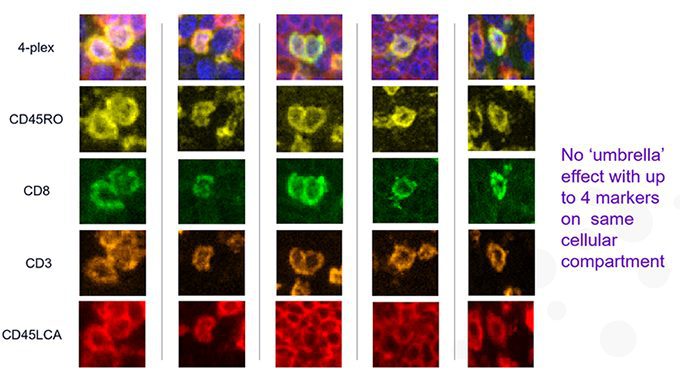HuBMAP: Building a Spatial Map of the Human Body — One Cell at a Time
In this roundtable moderated by Dr. Niro Ramachandran of Akoya, HuBMAP investigators will discuss the goals of the HuBMAP consortium, what they’ve accomplished thus far, share their vision for HuBMAP and similar cell atlas consortia, and provide an overview of the working groups developing new protocols. They’ll also discuss how HuBMAP researchers can work with biotechnology companies like Akoya to advance our understanding of human health and disease.
HuBMAP: Building a Spatial Map of the Human Body — One Cell at a Time Read More »












